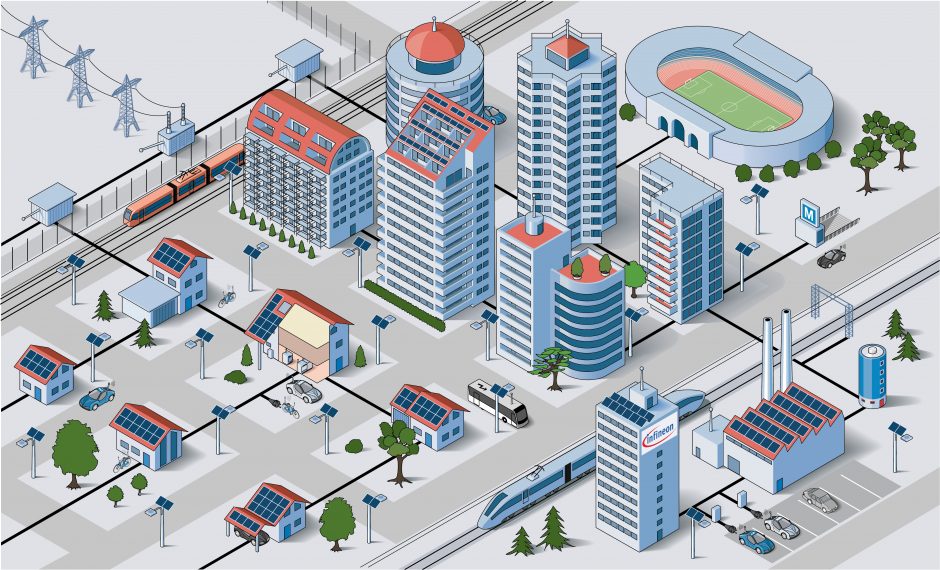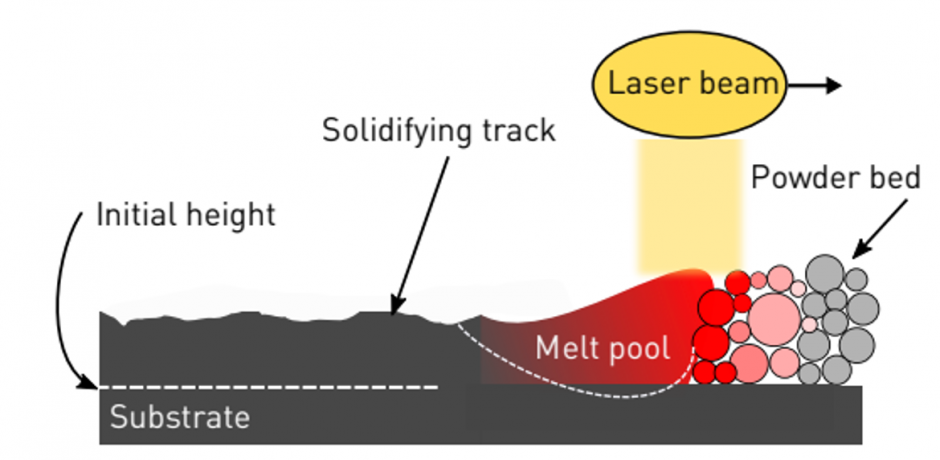Infrastructure Networks

Our society is underpinned by complex large-scale infrastructure (e.g., energy grids, supply chains, and traffic networks) that impact every aspect of our daily lives. From a control theoretic perspective, infrastructures are socio-technical systems comprised of large numbers of dynamic subsystems controlled by decision-making agents (e.g., regulators, utilities, and consumers), arranged in a network structure and subject to disturbances (e.g., heatwaves, lockdowns). These agents rarely agree on system-wide objectives but still need to coordinate to manage shared resources and infrastructure (e.g., power generation, production capacity, or transit links).
I am interested in developing coordination and control mechanisms that enable the safe coexistence of agents with conflicting objectives using tools from control and game theory and applying them to make our critical infrastructure smarter and more sustainable, resilient, and equitable.
Additive Manufacturing

Additive manufacturing (AM, a.k.a., 3D-printing) is a class of manufacturing processes that produce three-dimensional objects layer-by-layer commonly used to produce high-value parts e.g., for biomedical or aerospace systems. Due to its flexibility in terms of material and geometry, AM promises to reduce production costs, enable novel manufacturing possibilities that are not possible with conventional methods and opens the door to more sustainable processes that produce less waste and use greener materials. However, AM processes are noisy, variable and have complex physics, which can lead to failed builds and/or poor quality parts.
I am interested in using feedback control and optimization to improve the reliability and repeatability of AM processes.
Multi-agent Robotics

Many applications (e.g., drone delivery, mobile sensor networks, autonomous driving) require robots to interact with each other and potentially with human agents in complex shared environments. Successfully managing these interactions in a safe and resilient manner requires communication, coordination, and the ability to anticipate the behaviour of other agents in the environment using limited communication and computing resources.
I’m interested in using tools from distributed optimization and algorithmic game theory to enable resilient self-optimizing behaviours in multi-robot systems and endow autonomous agents with the ability to reason about how their actions influence the behaviour of others.